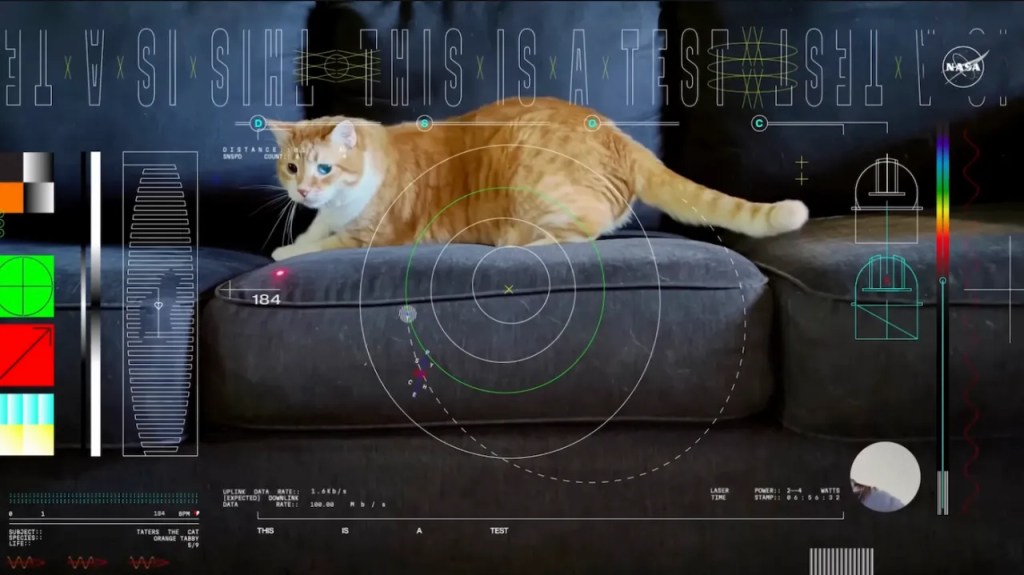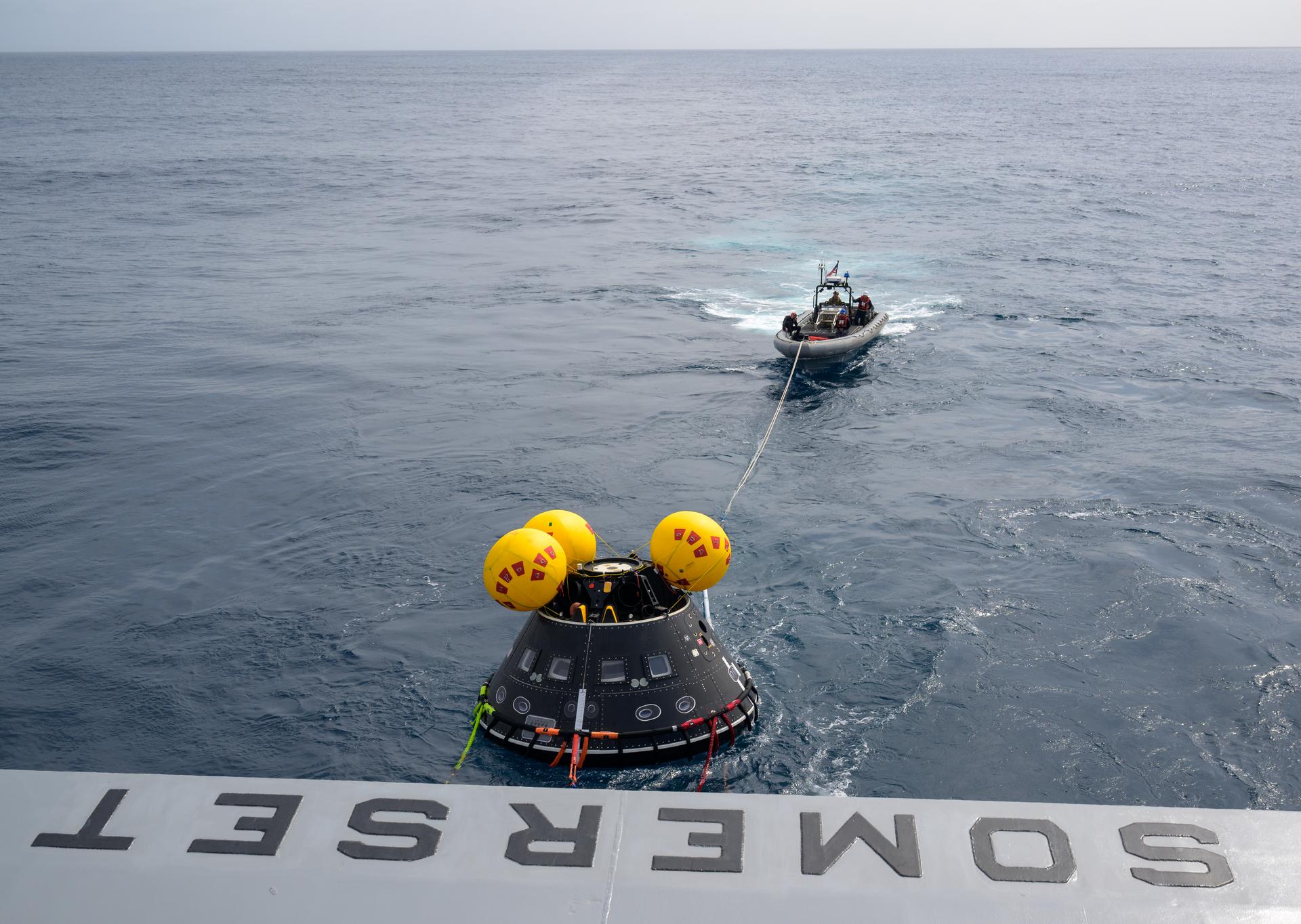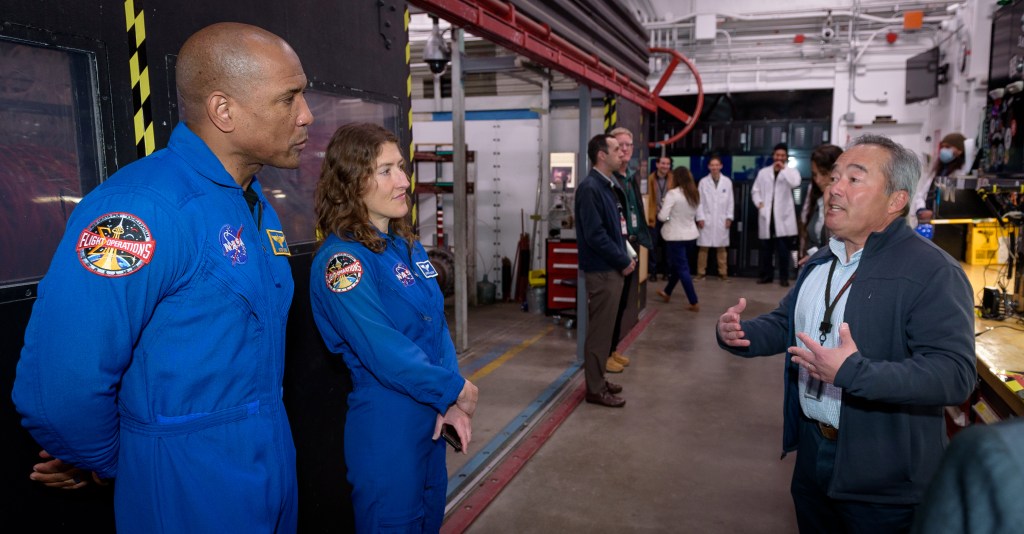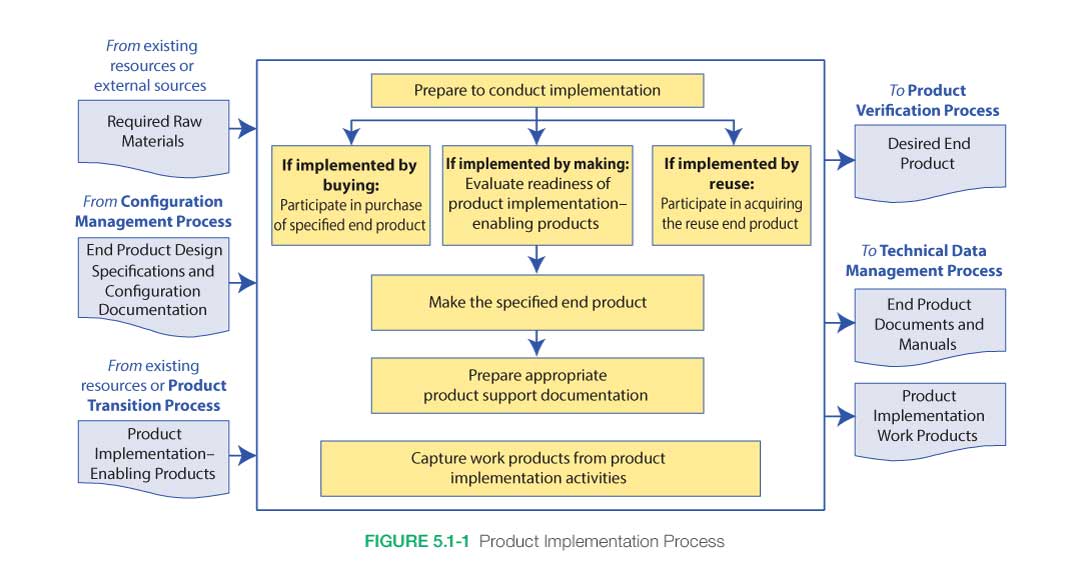5.1 Product Implementation
5.2 Product Integration
5.3 Product Verification
5.4 Product Validation
5.5 Product Transition
Product implementation is the first process encountered in the SE engine that begins the movement from the bottom of the product hierarchy up towards the Product Transition Process. This is where the plans, designs, analysis, requirements development, and drawings are realized into actual products.
Product implementation is used to generate a specified product of a project or activity through buying, making/coding, or reusing previously developed hardware, software, models, or studies to generate a product appropriate for the phase of the life cycle. The product should satisfy the design solution and its specified requirements.
The Product Implementation Process is the key activity that moves the project from plans and designs into realized products. Depending on the project and life cycle phase within the project, the product may be hardware, software, a model, simulations, mock-ups, study reports, or other tangible results. These products may be realized through their purchase from commercial or other vendors, through partial or complete reuse of products from other projects or activities, or they may be generated from scratch. The decision as to which of these realization strategies or combination of strategies will be used for the products of this project will have been made early in the life cycle using the Decision Analysis Process.
5.1.1 Process Description
Figure 5.1-1 provides a typical flow diagram for the Product Implementation Process and identifies typical inputs, outputs, and activities to consider in addressing product implementation.
5.1.1.1 Inputs
Inputs to the Product Implementation Process depend primarily on the decision about whether the end product will be purchased, developed from scratch, or formed by reusing part or all of products from other projects. Typical inputs are shown in Figure 5.1-1.
- Inputs If Purchasing the End Product: If the decision was made to purchase part or all of the products for this project, the end product design specifications are obtained from the configuration management system as well as other applicable documents.
- Inputs If Making/Coding the End Product: For end products that will be made/coded by the technical team, the inputs will be the configuration-controlled design specifications, manufacturing plans, manufacturing processes, manufacturing procedures, and raw materials as provided to or purchased by the project.
- Inputs Needed If Reusing an End Product: For end products that will reuse part or all of products generated by other projects, the inputs may be the documentation associated with the product as well as the product itself. Care should be taken to ensure that these products will indeed meet the specifications and environments for this project. These would have been factors involved in the Decision Analysis Process to determine the make/buy/reuse decision.
- Enabling Products: These would be any enabling products necessary to make, code, purchase, or reuse the product (e.g., drilling fixtures, production facilities, production lines, software development facilities, software test facilities, system integration and test facilities).
5.1.1.2 Process Activities
Implementing the product can take one of three forms:
- Purchase/buy
- Make/code
- Reuse
These three forms will be discussed in the following subsections. Figure 5.1-1 shows what kind of inputs, outputs, and activities are performed during product implementation regardless of where in the product hierarchy or life cycle it is. These activities include preparing to conduct the implementation, purchasing/making/reusing the product, and capturing the product implementation work product. In some cases, implementing a product may have aspects of more than one of these forms (such as a build-to-print). In those cases, the appropriate aspects of the applicable forms are used.
5.1.1.2.1 Prepare to Conduct Implementation
Preparing to conduct the product implementation is a key first step regardless of what form of implementation has been selected. For complex projects, implementation strategy and detailed planning or procedures need to be developed and documented. For less complex projects, the implementation strategy and planning need to be discussed, approved, and documented as appropriate for the complexity of the project.
The documentation, specifications, and other inputs also need to be reviewed to ensure they are ready and at an appropriate level of detail to adequately complete the type of implementation form being employed and for the product life cycle phase. For example, if the “make” implementation form is being employed, the design specifications need to be reviewed to ensure they are at a design-to level that allows the product to be developed. If the product is to be bought as a pure Commercial Off-the-Shelf (COTS) item, the specifications need to be checked to make sure they adequately describe the vendor characteristics to narrow to a single make/model of their product line.
Finally, the availability and skills of personnel needed to conduct the implementation as well as the availability of any necessary raw materials, enabling products, or special services should also be reviewed. Any special training necessary for the personnel to perform their tasks needs to be performed by this time. This is a key part of the Acceptance Data Package.
5.1.1.2.2 Purchase, Make, or Reuse the Product
Purchase the Product
In the first case, the end product is to be purchased from a commercial or other vendor. Design/purchase specifications will have been generated during requirements development and provided as inputs. The technical team needs to review these specifications and ensure they are in a form adequate for the contract or purchase order. This may include the generation of contracts, Statements of Work (SOWs), requests for proposals, purchase orders, or other purchasing mechanisms. For major end products purchased from a vendor, the responsibilities of the Government and contractor team should be documented in the SEMP and Integration Plan. This will define, for example, whether NASA expects the vendor to provide a fully verified and validated product or whether the NASA technical team will be performing those duties. The team needs to work with the acquisition team to ensure the accuracy of the contract SOW or purchase order and to ensure that adequate documentation, certificates of compliance, or other specific needs are requested from the vendor.
For contracted purchases, as proposals come back from the vendors, the technical team should work with the contracting officer and participate in the review of the technical information and in the selection of the vendor that best meets the design requirements for acceptable cost and schedule.
As the purchased products arrive, the technical team should assist in the inspection of the delivered product and its accompanying documentation. The team should ensure that the requested product was indeed the one delivered, and that all necessary documentation, such as source code, operator manuals, certificates of compliance, safety information, or drawings have been received.
The NASA technical team should also ensure that any enabling products necessary to provide test, operations, maintenance, and disposal support for the product are also ready or provided as defined in the contract.
Depending on the strategy and roles/responsibilities of the vendor, a determination/analysis of the vendor’s verification and validation compliance may need to be reviewed. This may be done informally or formally as appropriate for the complexity of the product. For products that were verified and validated by the vendor, after ensuring that all work products from this phase have been captured, the product may be ready to enter the Product Transition Process to be delivered to the next higher level or to its final end user. For products that the technical team will verify and validate, the product will be ready for verification after ensuring that all work products for this phase have been captured.
Make/Code the Product
If the strategy is to make or code the product, the technical team should first ensure that the enabling products are ready. This may include ensuring all piece parts are available, drawings are complete and adequate, software design is complete and reviewed, machines to cut the material are available, interface specifications are approved, operators are trained and available, manufacturing and/or coding procedures/processes are ready, software personnel are trained and available to generate code, test fixtures are developed and ready to hold products while being generated, and software test cases are available and ready to begin model generation.
The product is then made or coded in accordance with the specified requirements, configuration documentation, and applicable standards. Software development must be consistent with NPR 7150.2, NASA Software Engineering Requirements. Throughout this process, the technical team should work with the quality organization to review, inspect, and discuss progress and status within the team and with higher levels of management as appropriate. Progress should be documented within the technical schedules. Peer reviews, audits, unit testing, code inspections, simulation checkout, and other techniques may be used to ensure the made or coded product is ready for the verification process. Some production and coding can also be separately contracted. This is sometimes pursued as a cost control feature providing motivation for the design contractor to keep the operations costs low and not roll costs into the operations phase of a long-term contract. This is also valuable when the design contractor is not well suited for long-term continuing production operations. Small projects and activities often use small manufacturing shops to fabricate the system or major portions and small software companies to code their software. In these cases, the production and software engineers may specify some portion of the hardware production or software coding and request the remaining portions, including as-built documentation, from the manufacturing or software provider. The specified portions are contained as part of the contract statement of work in these cases. The level of process control and information provided to or from the vendor is dependent on the criticality of the systems obtained. As production proceeds and components are produced, there is a need to establish a method (Material Review Boards (MRBs) are typically used for large projects) to review any nonconformance to specifications and disposition whether the components can be accepted, reworked, or scrapped and remade.
Reuse
If the strategy is to reuse a product that already exists, extreme care should be taken to ensure that the product is truly applicable to this project and for the intended uses and the environment in which it will be used. This should have been a major factor used in the decision strategy to make/buy/reuse. If the new environment is more extreme, requalification is needed for the component or system. Design factors of safety, margins, and other required design and construction standards should also be assessed. If the program/project requires higher factor of safety or margins, the component may not be usable or a waiver may have to be approved.
The documentation available (e.g., as-built documentation, user’s guides, operations manuals, discrepancy reports, waivers and deviations) from the reuse product should be reviewed by the technical team so that they can become completely familiar with the product and ensure it will meet the requirements in the intended environment. Any supporting manuals, drawings, or other documentation available should also be gathered.
The availability of any supporting or enabling products or infrastructure needed to complete the fabrication, coding, testing, analysis, verification, validation, or shipping of the product needs to be determined. Supporting products may be found in product manufacturing plans, processes, and procedures. If any of these products or services are lacking, they will need to be developed or arranged for before progressing to the next phase.
Special arrangements may need to be made or forms such as nondisclosure agreements may need to be acquired before the reuse product can be received.
A reused product often needs to undergo the same verification and validation as a purchased product or a built product. Relying on prior verification and validation should only be considered if the product’s verification and validation documentation meets or exceeds the verification, validation, and documentation requirements of the current project and the documentation demonstrates that the product was verified and validated against equivalent requirements (including environments) and expectations. The savings gained from reuse is not necessarily from reduced acceptance-level testing of the flight products, but possibly elimination of the need to fully requalify the item (if all elements are the same, including the environment and operation), elimination of the need to specify all of the internal requirements such as printed circuit board specifications or material requirements, reduced internal data products, or the confidence that the item will pass acceptance test and will not require rework.
5.1.1.2.3 Capture Work Products
Regardless of what implementation form was selected, all work products from the make/buy/reuse process should be captured, including as-built design drawings, design documentation, design models, code listings, model descriptions, procedures used, operator manuals, maintenance manuals, or other documentation as appropriate.
5.1.1.3 Outputs
- End Product for Verification: Unless the vendor performs verification, the made/coded, purchased, or reused end product in a form appropriate for the life cycle phase is provided for the verification process. The form of the end product is a function of the life cycle phase and the placement within the system structure (the form of the end product could be hardware, software, model, prototype, first article for test, or single operational article or multiple production articles).
- End Product Documents and Manuals: Appropriate documentation is also delivered with the end product to the verification process and to the technical data management process. Documentation may include applicable as-built design drawings; close out photos; operation, user, maintenance, or training manuals; applicable baseline documents (configuration information such as as-built specifications or stakeholder expectations); certificates of compliance; or other vendor documentation.
- Product Implementation Work Products: Any additional work products providing reports, records, lesson learned, assumptions, updated CM products, and other outcomes of these activities.
The process is complete when the following activities have been accomplished:
- End products are fabricated, purchased, or reuse modules are acquired.
- End products are reviewed, checked, and ready for verification.
- Procedures, decisions, assumptions, anomalies, corrective actions, lessons learned, etc., resulting from the make/buy/reuse are recorded.
5.1.2 Product Implementation Guidance
Refer to Section 5.1.2 in the NASA Expanded Guidance for Systems Engineering at https://nen.nasa.gov/web/se/doc-repository for additional guidance on:
- buying off-the-shelf products and
- the need to consider the heritage of products.

















/quantum_physics_bose_einstein_condensate.jpg?w=1024)











